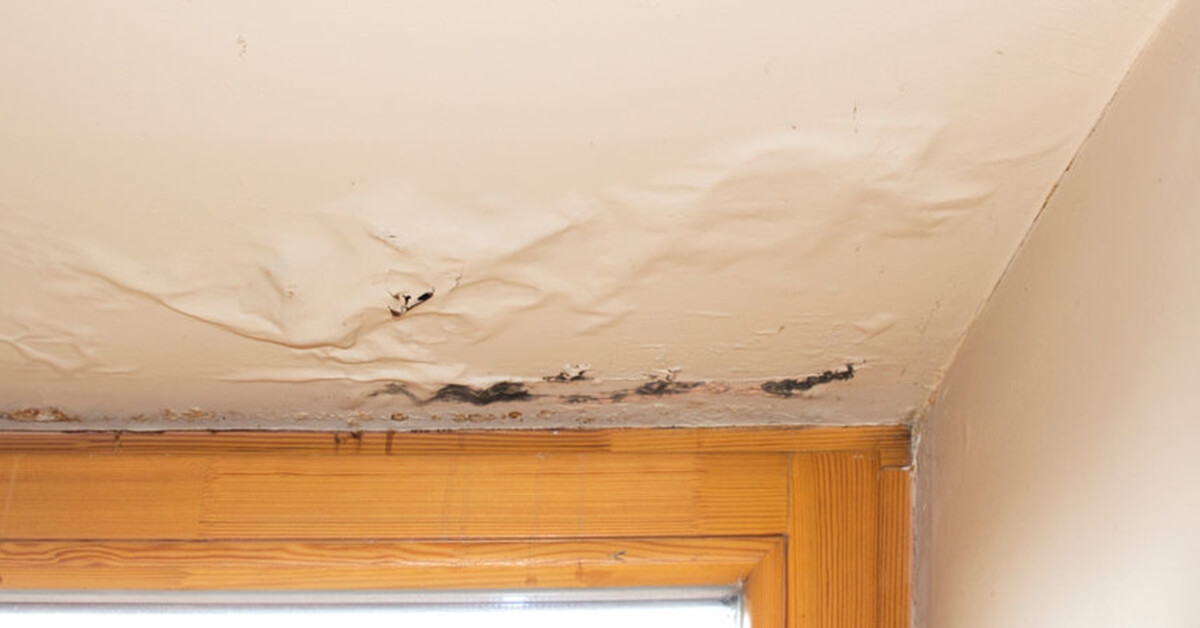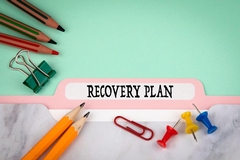Family Owned & Operated Since 2002

Posted by: Chris Laney on April 30, 2019
How to Spot Key Signs of Water Damage
Water damage can cause major issues to your home. If a leak goes undetected over a long period of time it can lead to mold, mildew, and various other problems – some that could affect the structural integrity of your home.
Many people believe they will notice and identify the first signs of water damage before any real problems occur. Instead of waiting for a large catastrophic event, knowing how to identify potential issues can save you large costs on restoration fees and also prevent household items from being damaged or ruined.
5 Signs that You Have Water Damage in Your Home
Prevention is the best form of protection against unwanted water issues. At Water Out, we understand how devastating water damage can be to a home or business. We recommend all homeowners do a thorough check of their home every few months and keep these five signs of water damage in mind when you do.
- Changes in the ceilings, walls, or floor. Structural elements are not something that we give much thought to. Our walls and ceilings become fixtures, often to the point where we don't notice small changes. Water damage in walls can be obvious, but it is also extremely easy to overlook common signs. Early warnings of water damage in your home include peeling paint, bubbles forming under wallpaper, and even bloated drywall. Flooring provides more of a challenge. This is especially true in rooms that go unused or in corners that we don't walk on often. By the time we notice wet carpeting or buckled hard wood, the flooring or sub-flooring may already be soaked.
- Musty smells are another sign that water is present. Think about the odor that occurs when a cardboard box or newspaper gets wet and is then left to dry. This is the smell that occurs when water damage is residing in your walls or under your floorboards. You will notice the smell getting stronger around the area with the highest amount of water. There may also feel like a change in the air around that specific area. It can become humid, damp, or even have a different temperature than the rest of the home. Where there is a musty smell, there is typically standing water, and where there is standing water there is typically mold. It is important to handle any concerns about mold growth immediately before the problem increases.
- Mold stains begin appearing on walls or ceilings. Mold is a great indicator of water damage. Where there is mold, there is standing water. The area will be consistently damp, providing the perfect breeding ground for mold and mildew. Most mold stains appear over time and can range in color from yellow/brown to black spots. Mold will cling to anything in an area that has been wet, dried, and become wet again. While we typically think of only black mold, there are many different types of mold. If you see signs of mold in your home, calling in an expert like the team at Water Out to identify the problem should be number one on your list. Mold can lead to many different issues in your home including health problems and much more.
- If you have outdated pipes and plumbing fixtures, this could cause water damage. While we don't often think about the pipes in our home, the fact is they're there, and when one bursts, we know about it right away! It is important to keep your pipes in mind when walking through your home looking for signs of water damage. If your home has older plumbing fixtures, there is a good possibility that you will experience a water leak. A pipe or fixture leak could be as extreme as a burst pipe that causes massive flooding, or something as small as a dripping faucet that goes unnoticed for months. Evaluate your plumbing to make sure that all pipes and fixtures are in proper working order.
- An increase in utility bills are another red flag to water damage. If there isn't an obvious reason like addition guests in your home for an extended period of time, or warm temperatures, but your water bill has increased dramatically – you could have a leak on your hands. Check appliances like washers and dishwashers. Bring in a plumber to inspect the pipes and fixtures before major damage occurs.
Next Steps to Take After Identifying a Problem
Once you have identified a potential problem or an already existing leak, calling in a professional to assess the damage and to fix the issue is your next step. With the help of Water Out, you can identify the source of the leak and clean up any damage that the water caused.
Our restoration services completely cover mold and mildew remediation. We strive to get your home back to normal as quickly as possible, with as little inconvenience to you and your family. Call us today if you suspect a water or mold issue and schedule your inspection.
Tags: Water Damage Restoration
Recent Posts
-

Fire Damage Restoration: How Advancements in Smoke Odor Removal are Changing the Game
July 1, 2025
-

The Pros and Cons of Wet vs. Dry Restoration Methods: Choosing the Best Approach for Your Property
June 15, 2025
-

What’s New in Eco-Friendly Restoration Solutions for Water, Fire, and Mold Damage?
June 2, 2025
Tags
Contact Information
- Water Out
- 2315 Southyard Ct Fort Wayne, IN 46818 United States
- 24-Hr Ph: (260) 305-1062
- info@gowaterout.com
- Office Hours Monday - Friday
8:00 a.m. - 5:00 p.m.